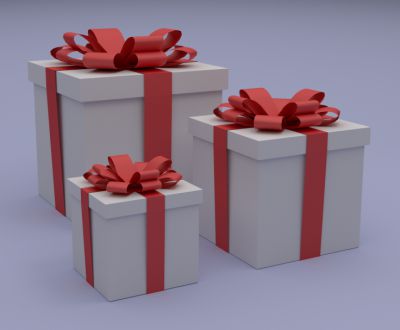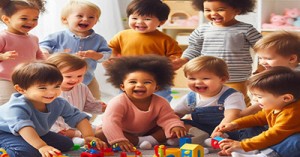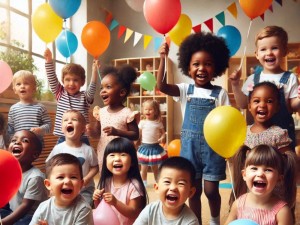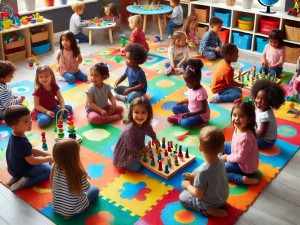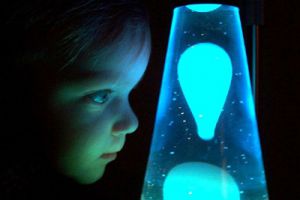Begin teaching concepts of big and small using everyday objects.
Materials Needed:
- 1 big cardboard box
- 1 small cardboard box
- 1 texta/marker
- Even amount of big and small objects from around the house.
What to do:
- On the big box at the front write the word “big” and draw a picture to represent “big” such as a “big ball”.
- On the small box at the front write the word “small” and draw a picture to represent “small” such as a “small ball”.
- Place the boxes side by side.
- In front of the boxes scatter the different sized objects that you have collected.
- Ask the child to sort the objects depending on the size.
Hints and Tips:
- Talk to the child about big and small or large and little in everyday situations and objects.
- Brainstorm other words that also mean “big” and “small”, for example, massive, tiny etc.
- Have child walk around the room and identifying objects which are either big or small.
- Trace children's hands and feet and measure from biggest to smallest.


